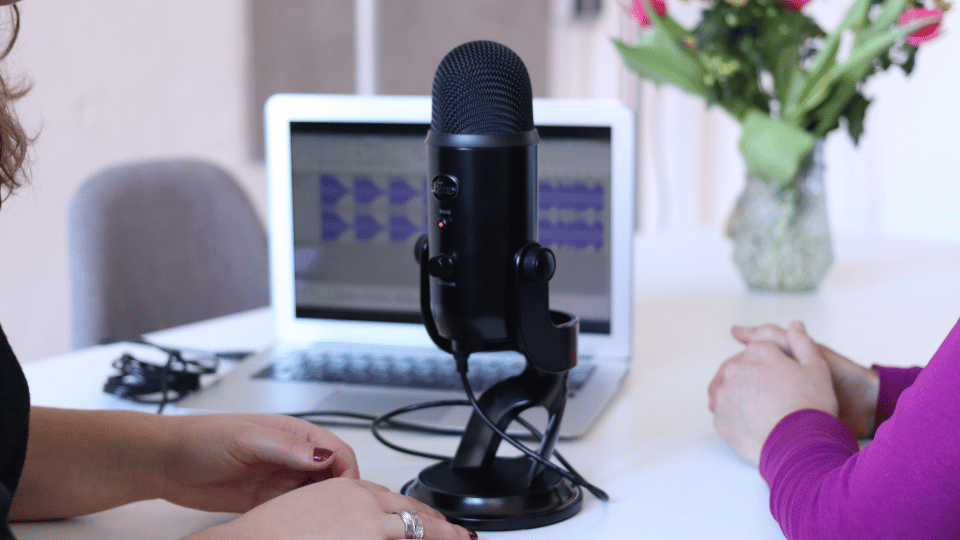Data visualization has become an essential tool in modern journalism. As the world becomes increasingly data-driven, journalists need to effectively communicate complex information to their audience. This is where data visualization comes into play. By presenting data in a visually appealing and easily understandable format, journalists can engage readers and enhance the impact of their stories. In this article, we will explore the importance of data visualization in journalism and provide insights on how to effectively utilize it in your work.
1. Enhancing Storytelling with Visuals
In journalism, the goal is to tell stories that resonate with readers. Data visualization allows journalists to transform raw data into compelling narratives. By using charts, graphs, maps, and infographics, journalists can convey information in a visually appealing manner, making it easier for readers to grasp complex concepts. Visuals not only grab attention but also provide context and support the key points of a story, making it more engaging and memorable.
2. Simplifying Complex Information
Data visualization helps simplify complex information by breaking it down into digestible visuals. Instead of bombarding readers with rows of numbers or lengthy reports, journalists can use visual representations to highlight the most important findings or trends. By condensing data into charts or graphs, journalists can present a clear and concise overview, allowing readers to quickly understand the main takeaways without getting lost in the details.
3. Increasing Audience Engagement
In today’s digital age, attention spans are shorter than ever. Journalists face the challenge of capturing and retaining their audience’s attention. Data visualization offers a solution by making information more engaging and interactive. Infographics, for example, allow readers to explore data at their own pace and interact with the content. By incorporating interactive elements like tooltips or animations, journalists can create an immersive experience that keeps readers hooked.
4. Adding Credibility to Journalism
Data visualization adds credibility to journalistic work by providing evidence-based support for claims and arguments. By presenting data in a visual format, journalists can make their stories more transparent and verifiable. Visuals enable readers to see the data for themselves, fostering trust and reinforcing the journalist’s credibility. Additionally, data visualization helps journalists avoid misinterpretation or bias by presenting information in an objective and easily understandable manner.
5. Tools for Data Visualization
To effectively utilize data visualization in journalism, it is important to be familiar with the right tools. There are various software and online platforms available that cater specifically to data visualization. Some popular options include Tableau, Infogram, Google Data Studio, and Microsoft Power BI. These tools offer a range of features and customization options to create visually stunning and informative graphics.
6. Best Practices for Data Visualization in Journalism
While data visualization can greatly enhance journalism, it is important to follow best practices to ensure accuracy and clarity. Here are some tips for effective data visualization:
- Choose the right visual representation for your data: Consider the type of data you have and the story you want to tell. Bar charts, line graphs, and maps are some common options.
- Keep it simple and uncluttered: Avoid using excessive colors, unnecessary labels, or complex designs that may confuse readers.
- Provide context and explain the data: Include captions or annotations to guide readers and help them understand the significance of the visual.
- Ensure accuracy by double-checking your data and sources: Mistakes in data can lead to misleading visuals and undermine the credibility of your work.
- Test your visuals with a diverse audience: This ensures that they are easily understandable and accessible to all readers.
Conclusion
Data visualization is an invaluable tool for journalists looking to effectively communicate complex information to their audience. By utilizing visuals, journalists can enhance storytelling, simplify complex information, increase audience engagement, and add credibility to their work. With the right tools and best practices, journalists can harness the power of data visualization to create impactful and memorable stories. So, embrace data visualization and take your journalism to new heights.
Key Takeaways:
- Data visualization is a crucial tool in modern journalism for effectively communicating complex information to audiences.
- Visuals enhance storytelling by transforming raw data into compelling narratives that resonate with readers.
- Data visualization simplifies complex information by condensing it into digestible visuals, making it easier for readers to grasp key insights.
- Interactive elements in data visualization engage audiences and increase their level of involvement with the content.
- Data visualization adds credibility to journalistic work by providing evidence-based support for claims and arguments.
- Choosing the right tools and following best practices are essential for effective data visualization in journalism.
- Consider exploring online courses on data visualization, such as those offered by Yellowbrick, to enhance your skills and stay updated with the evolving landscape of modern journalism.
Take your journalism to new heights by harnessing the power of data visualization. Consider enrolling in the NYU | Modern Journalism online course and certificate program offered by Yellowbrick.








